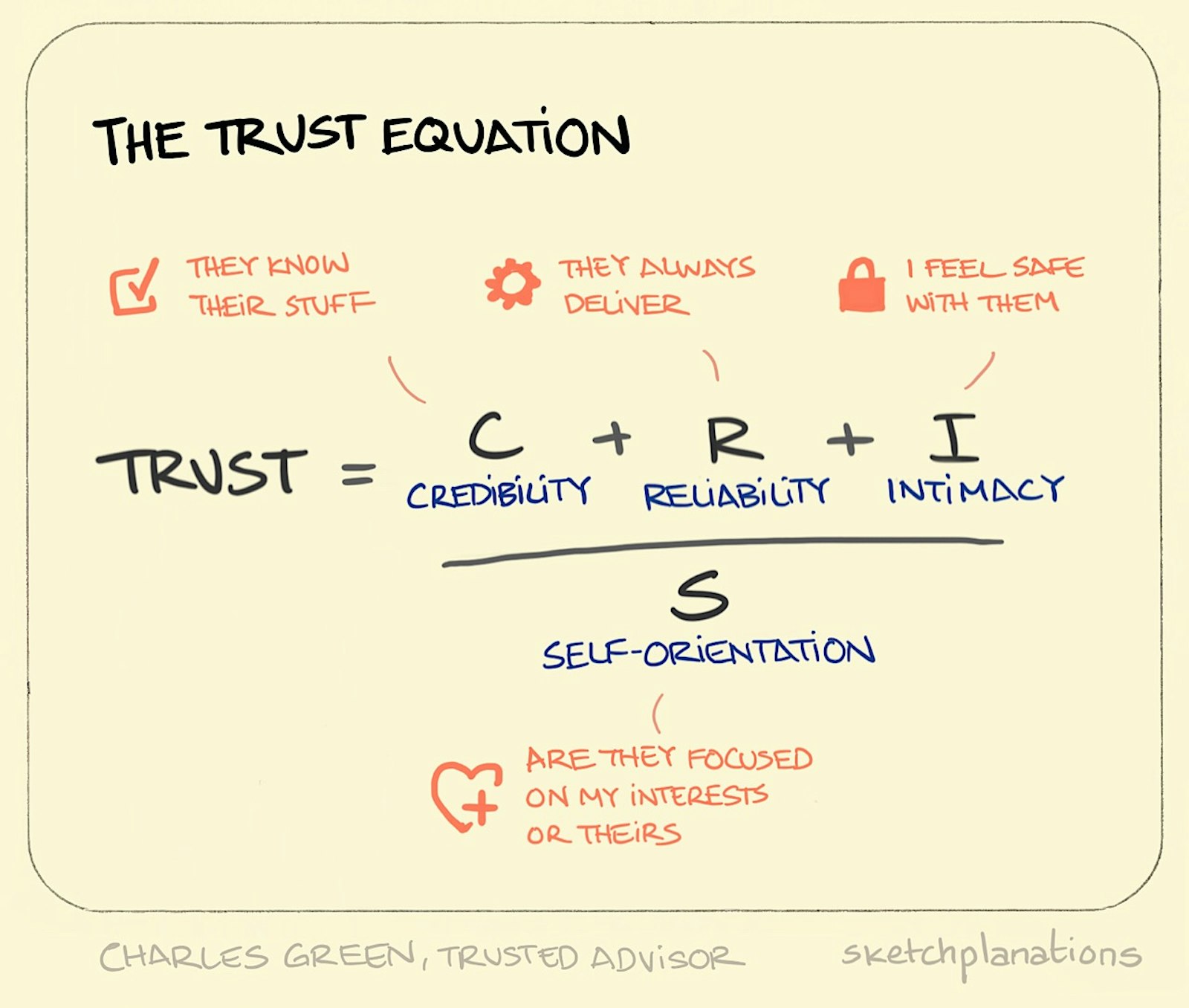
Proxemics
I love this concept of the study of social distance, or how humans use space. Distinct from ergonomics, which is more about how people fit into their environment, proxemics focuses on the social aspect of space. For example: At what distance are you intimate? Where does your personal space end? How far away should you be for a good conversation? Why are the big circular wedding and conference tables so bad? How close should desks be in an office to encourage collaboration without feeling jammed together?
Dev Patnaik at Jump Associates used to give the fine example of how you will whisper politely and with awe in the vaulted ceilings of a cathedral, while the confessional box — for people to share their deepest secrets — is low and close. An olde English pub that you stoop to enter under the low ceiling immediately feels friendly and intimate, whereas you’ll struggle to have a deep conversation on entering a warehouse.
Proxemics was coined by the cultural anthropologist Edward Hall. His book The Hidden Dimension has the details.




